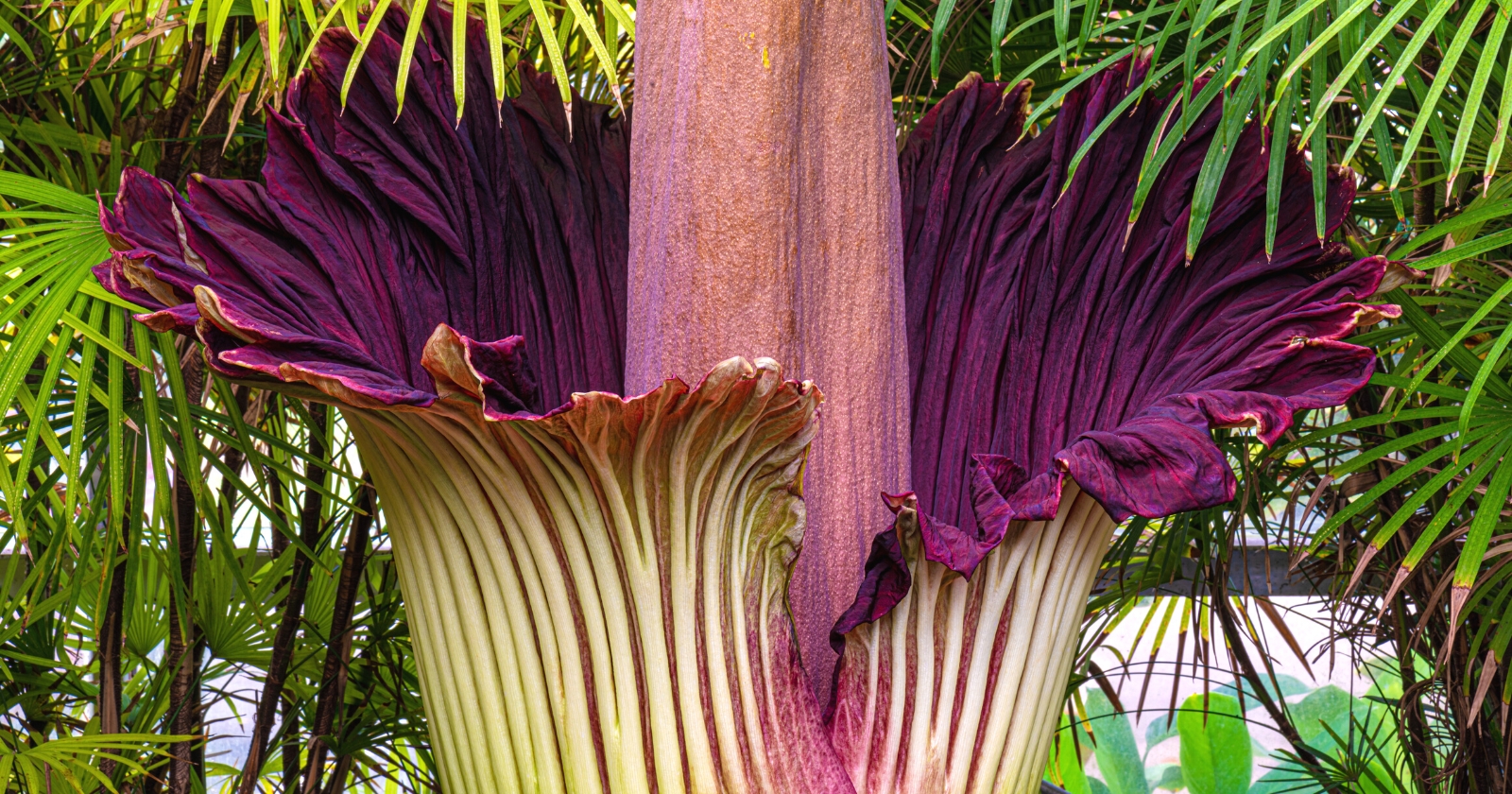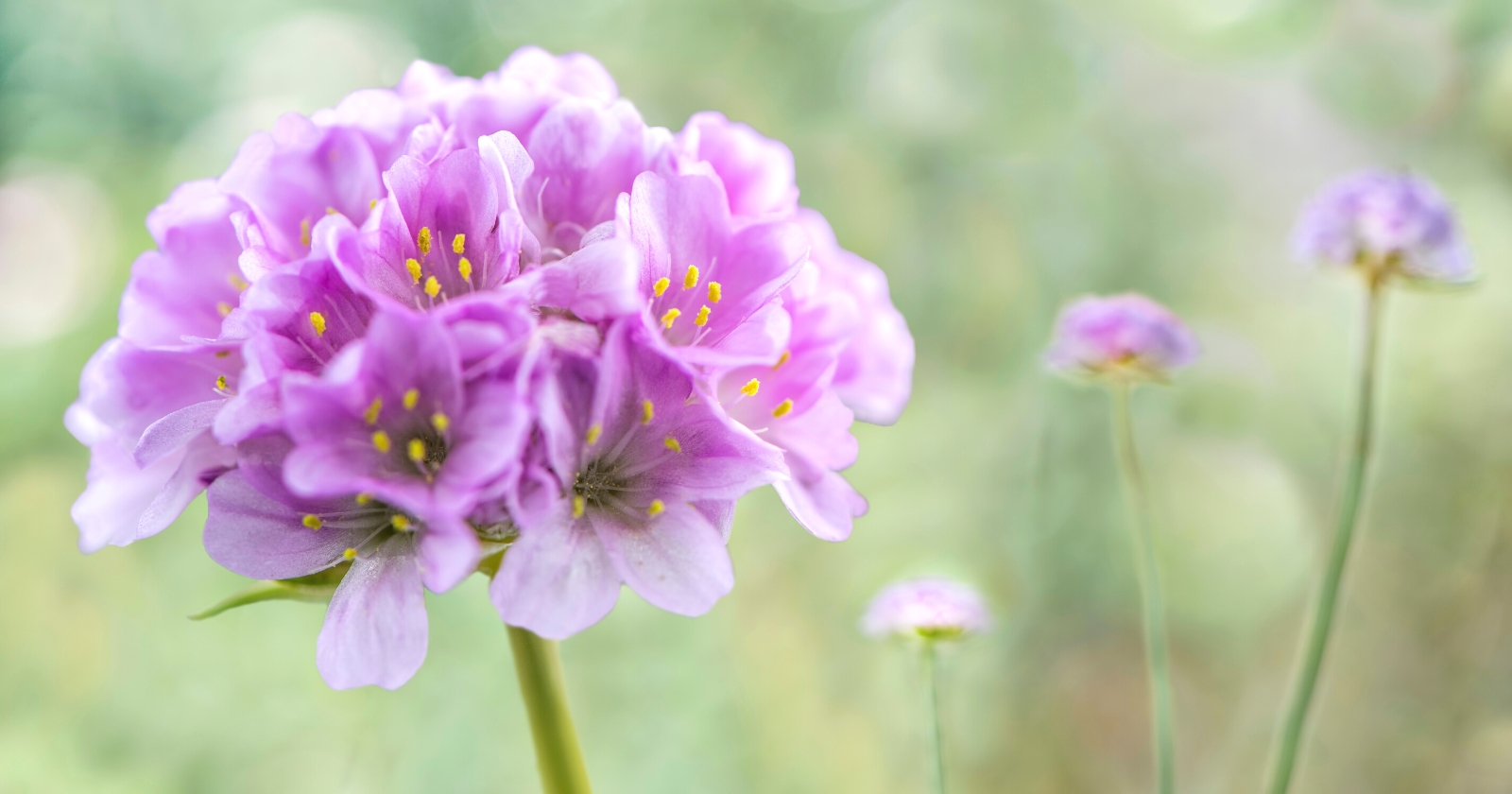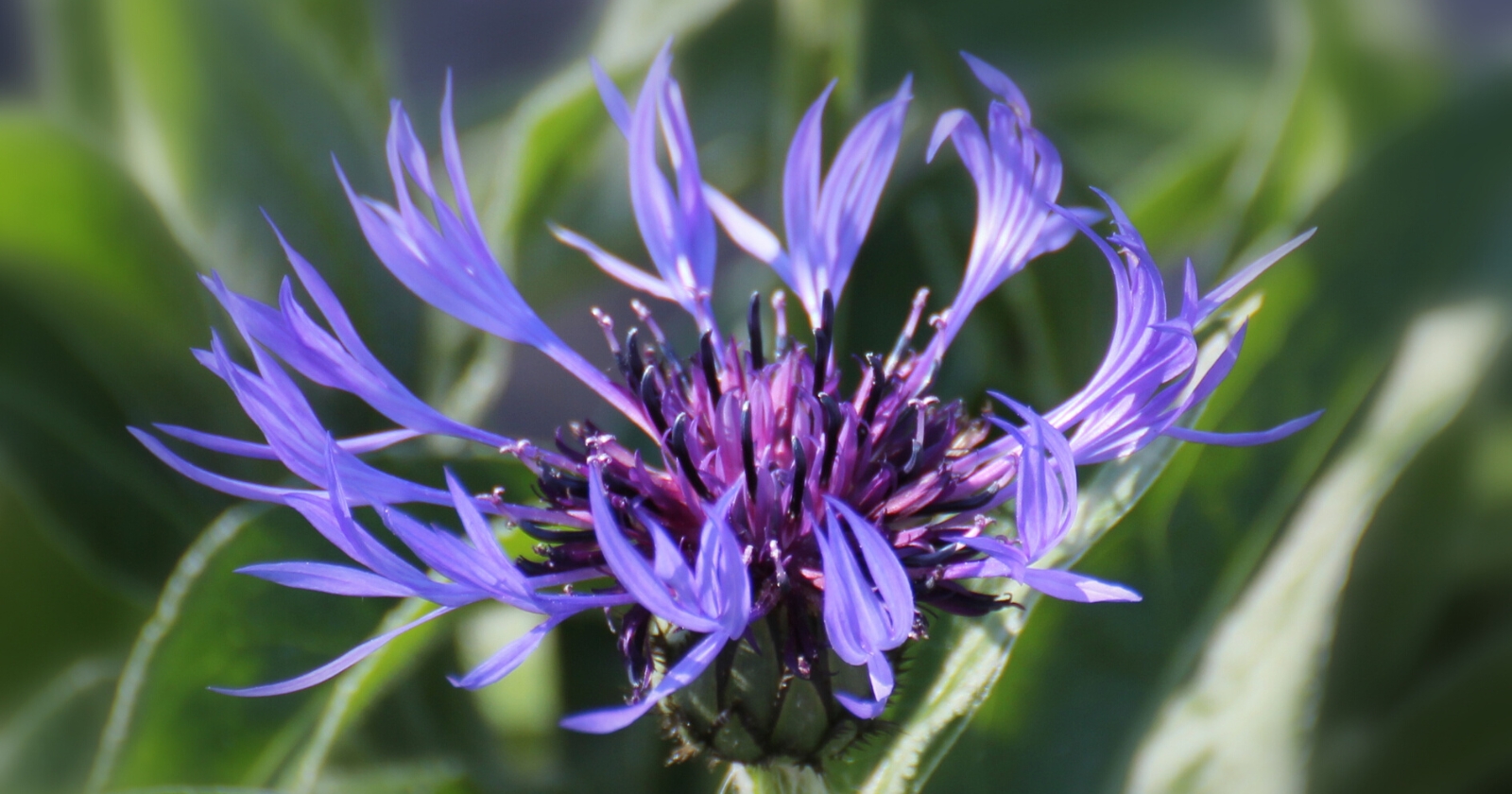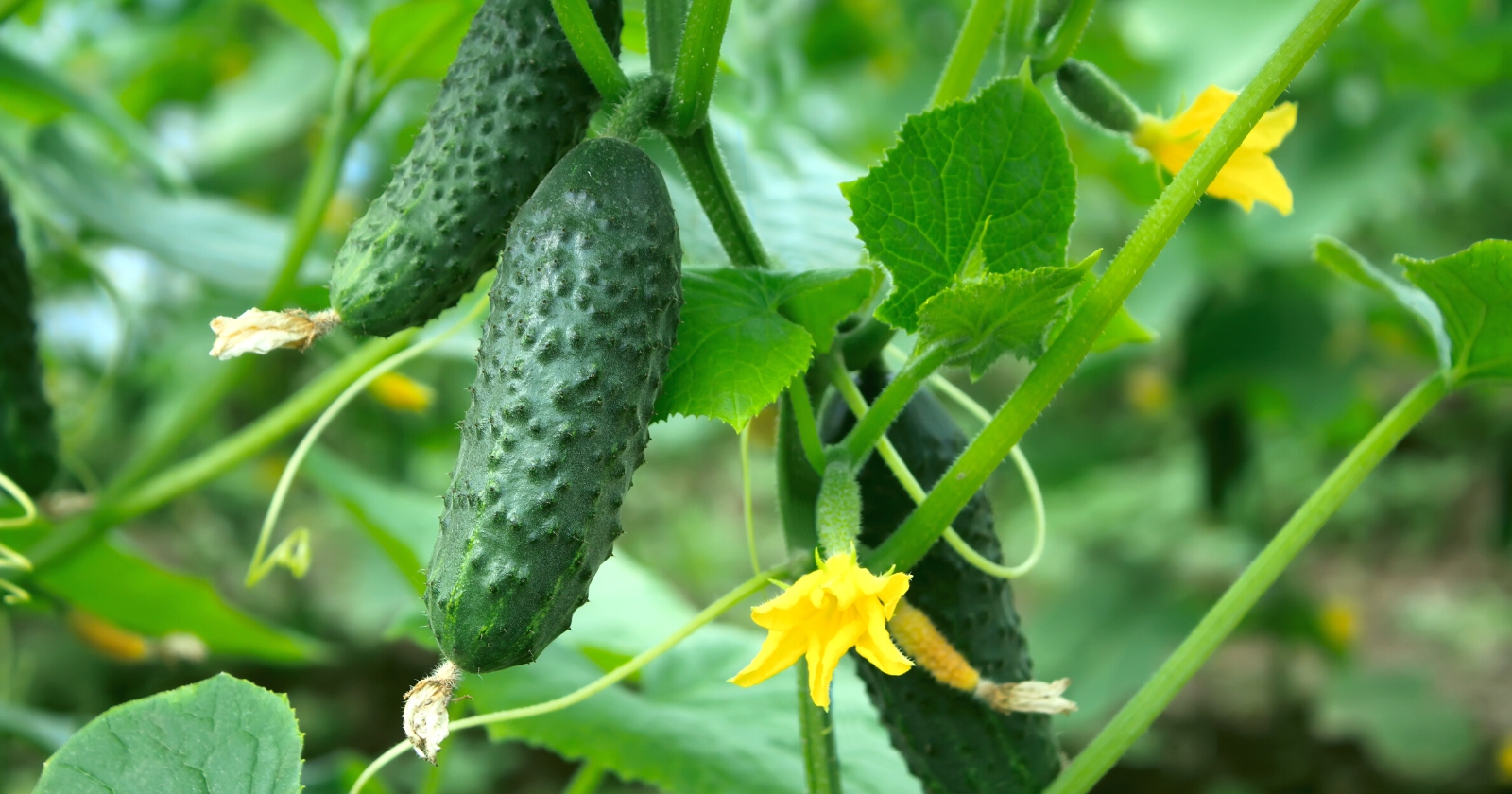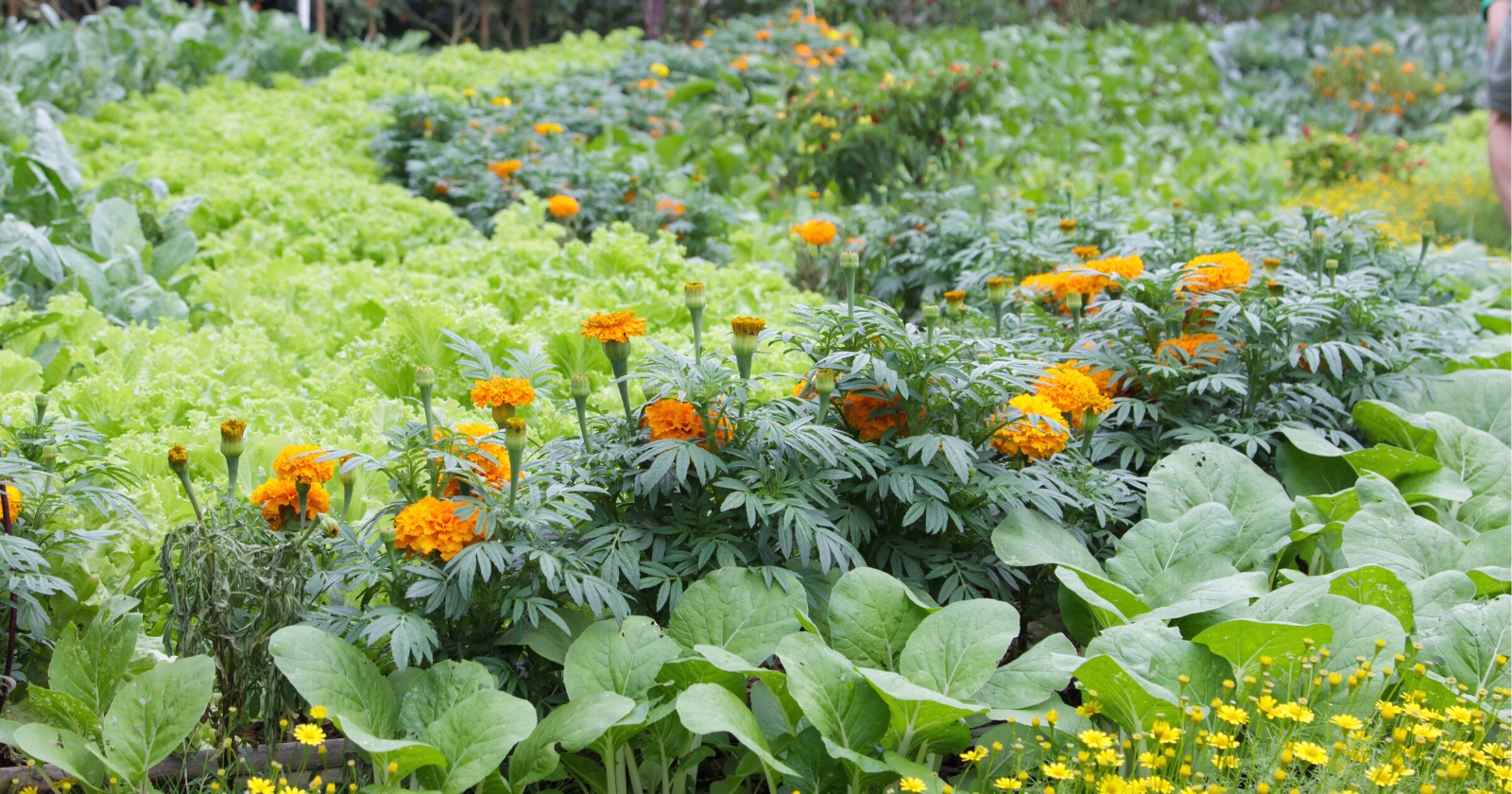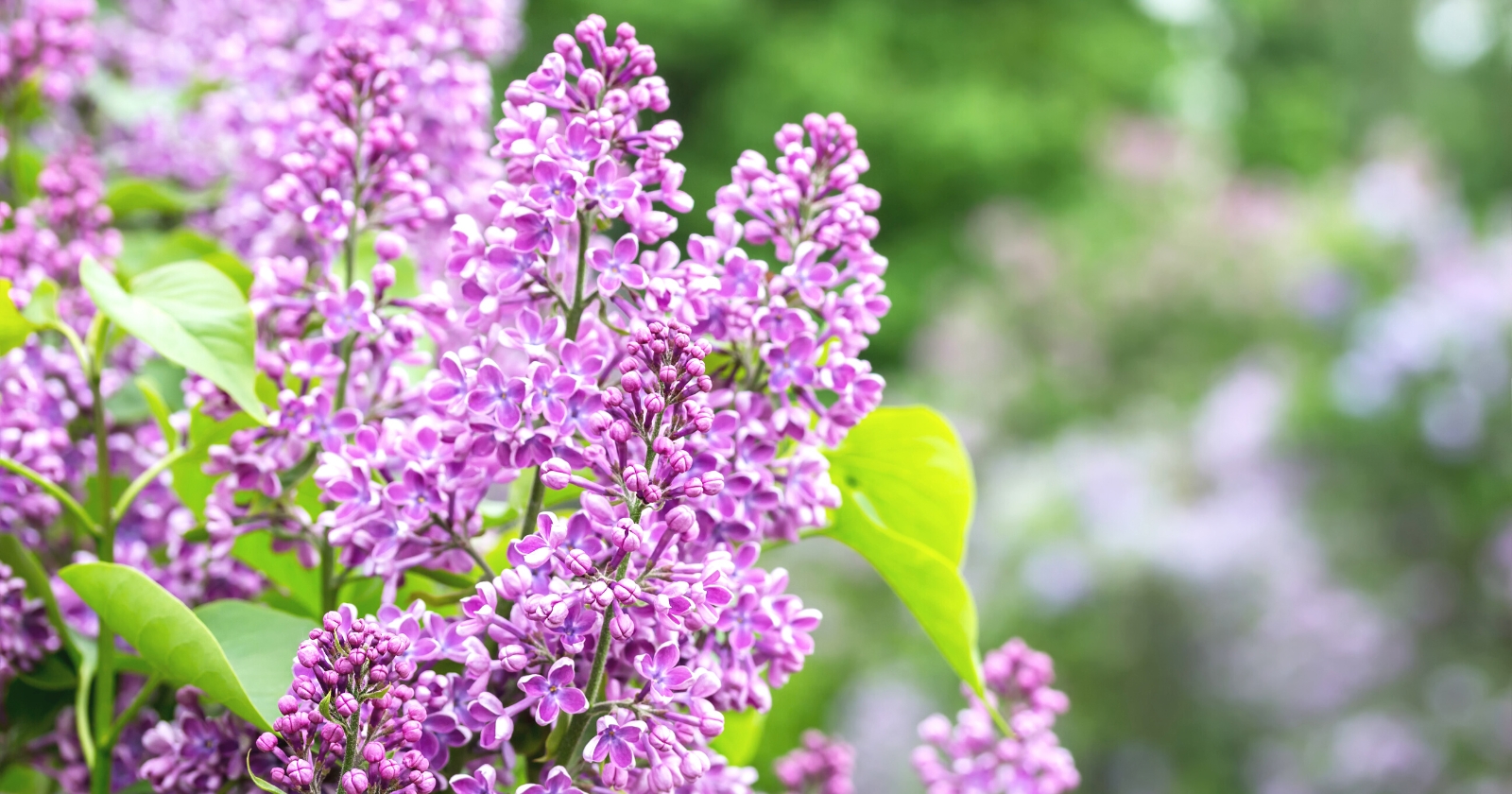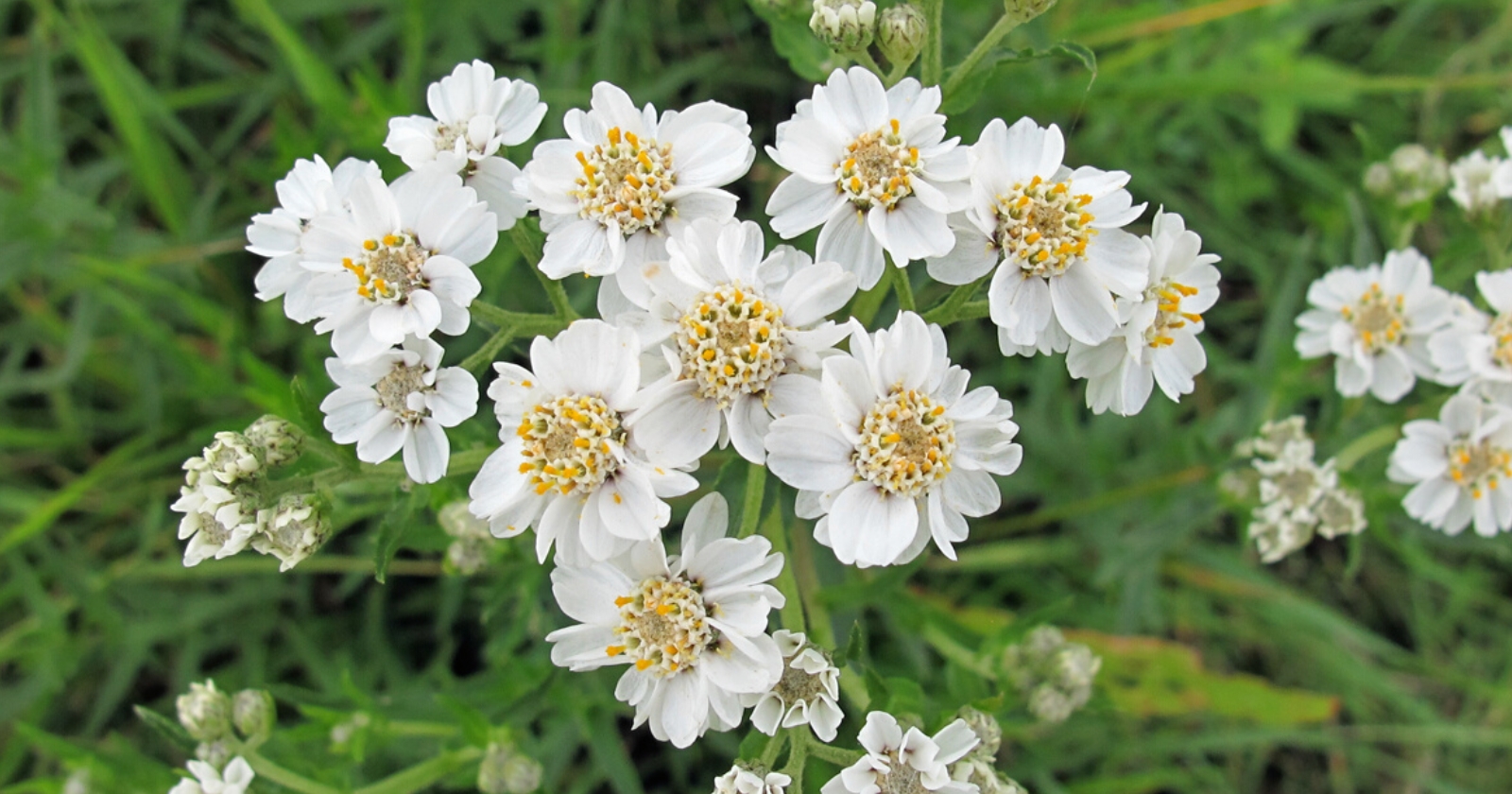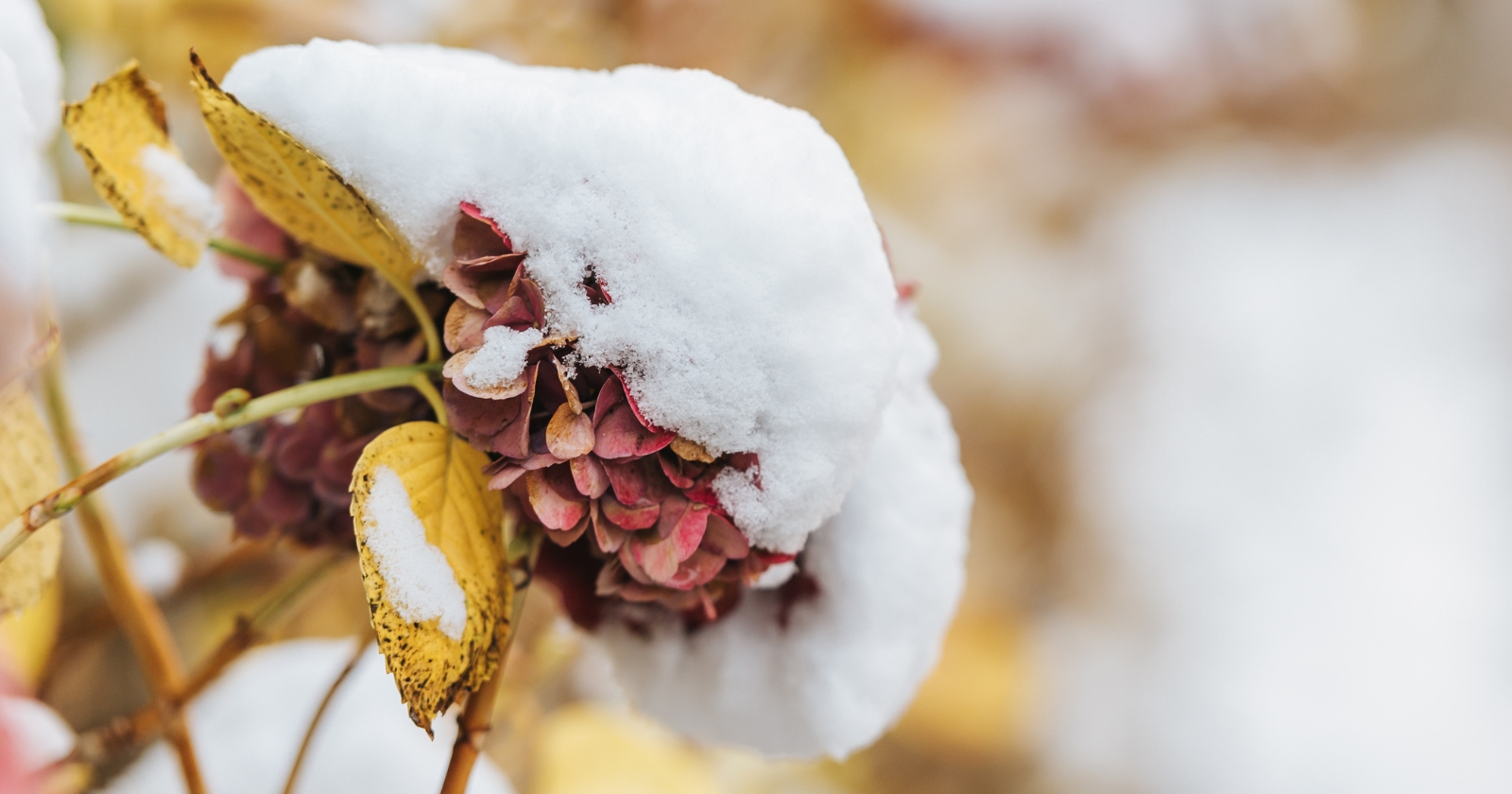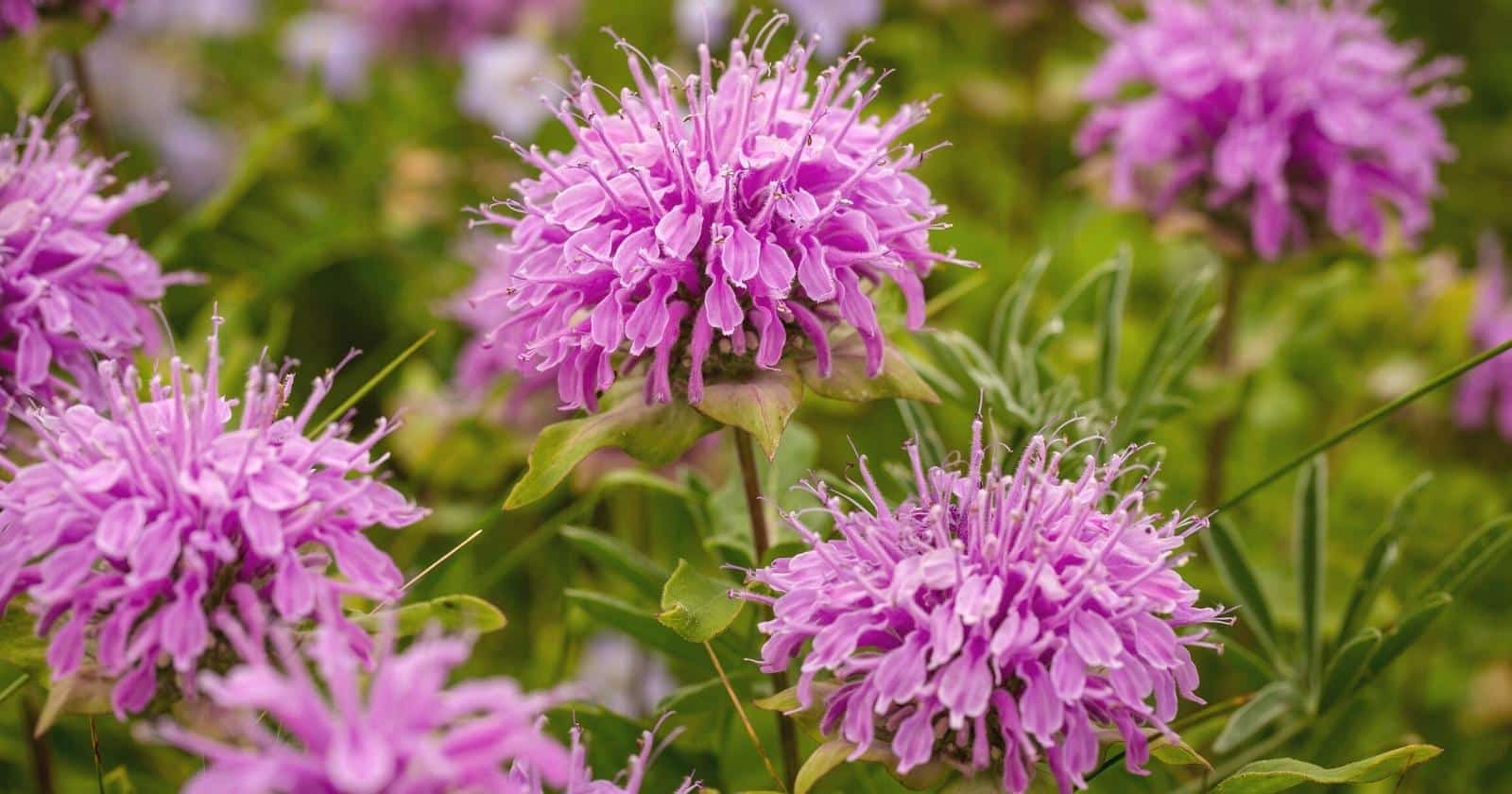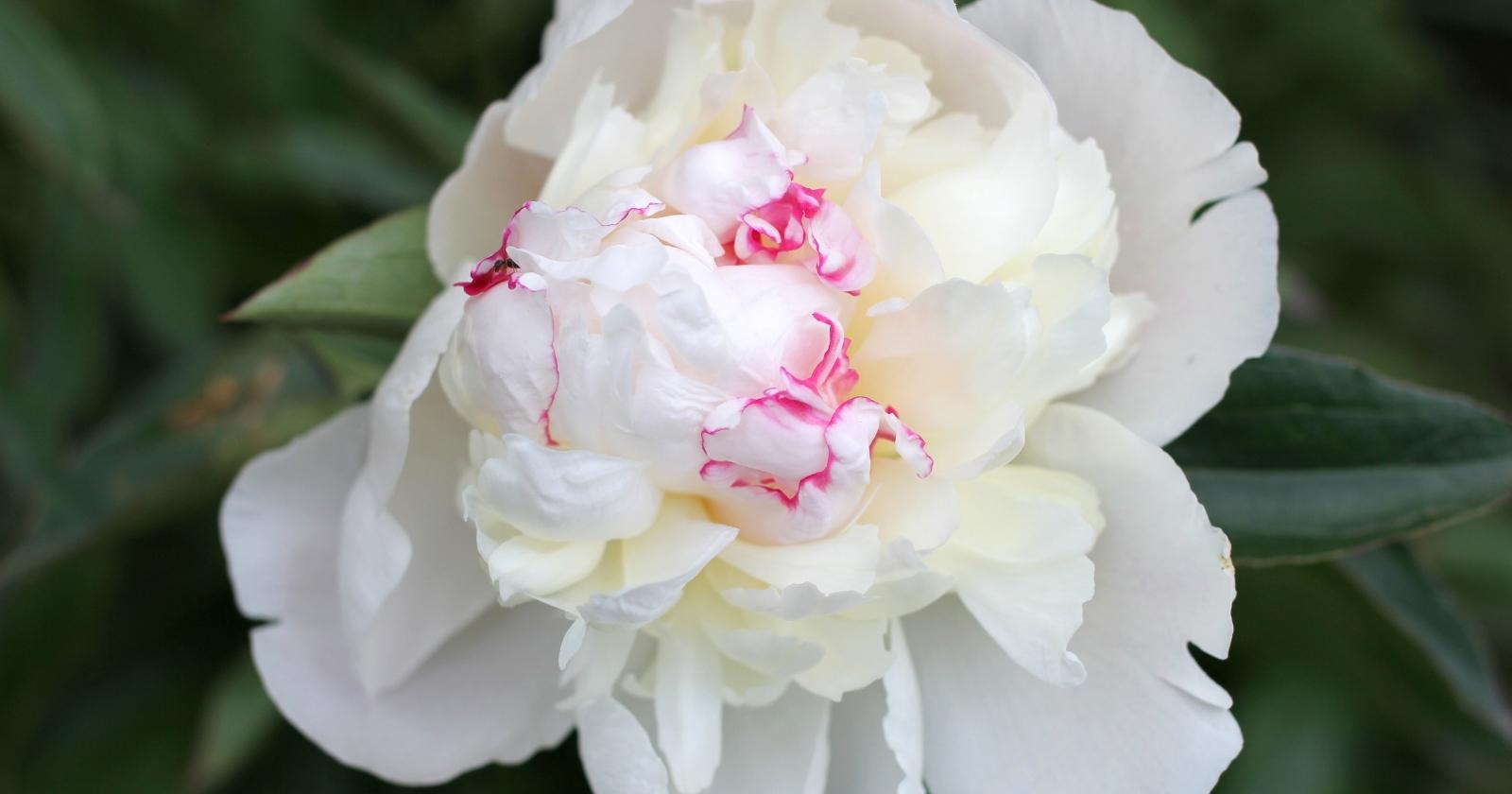Looking for information about your favorite types of plants? Whether you are looking to improve your ornamental shrubs, or get advice on watering your favorite veggies in your raised beds, this section covers all things plants. You’ll find how-to guides, list based content of our favorite plants, and different recommendations of plants based on your hardiness zone.
Thinking of adding some rare flowers to your garden this season, but aren’t quite sure which to add? There are many different types of rare flowers to choose from, so it often comes down to appearances, soil types, blooming seasons, and climate for most gardeners. In this article, we look at some of the more rare flowers you can add to your garden this season.
Read More about 29 Rare Flowers With Names and Pictures
Do you need some low growing perennial plants for the garden borders and edges around your planting space? There are many different perennials to choose from, depending on your hardiness zone. In this article, we take a look at our favorite low growing perennials, with names and pictures of each!
Read More about 37 Low Growing Perennial Plants For Garden Edges & Borders
Are you looking for some purple perennials to add to your garden this season? There are many different types of perennial plants with beautiful purple blooms. In this article, we take a look at our favorite purple blooming perennial plants you can line your flowerbeds with this season!
Read More about 45 Purple Perennial Flowers For Royal Garden Color
Lilacs need careful consideration when being pruned. However, there are a number of different actions you can take to help ensure your lilacs come back stronger than ever. In this article, gardening expert Tracy Edwards shares her top tips for pruning your lilacs this season.
Read More about 11 Tips For Pruning Your Lilacs This Season
Do you live an area where it gets a bit chilly for your hydrangeas each season? There are actually a number of things you can do to prepare your hydrangeas for wintertime. In this article, gardening expert Jill Drago provides her top tips to help get your hydrangeas ready for winter this season.
Read More about 17 Tips For Winter Hydrangea Care
Do you live in USDA Hardiness Zone 5 and need a few perennials to add to your garden this season? Cooler climates can be a challenging to find the perfect perennial plant combinations. In this article, we look at our favorite perennial plants that can be a perfect addition to Zone 5 gardens.
Read More about 37 Different Perennial Plants For Hardiness Zone 5
Do you live in USDA Hardiness Zone 3 and need a few perennials to add to your garden this season? Finding the perfect perennials can be a challenge, especially in cooler climates. In this article, certified master gardener Laura Elsner looks at her favorite perennial plants for hardiness zone 3.
Read More about 57 Different Perennial Plants For Hardiness Zone 3

